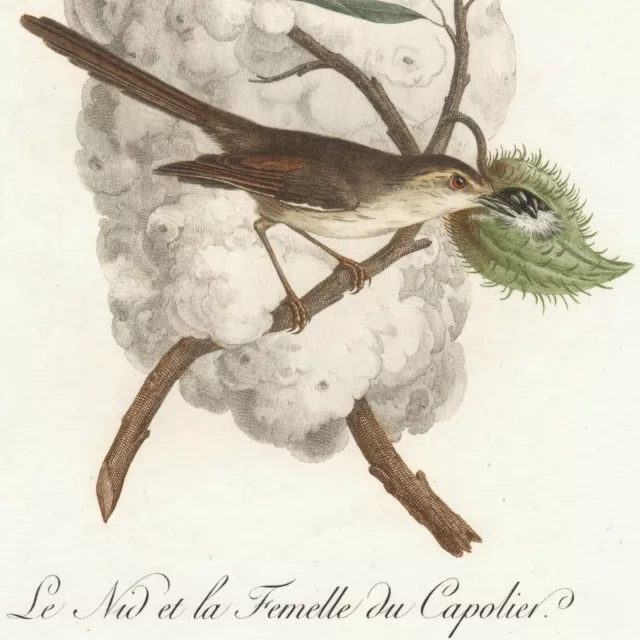Scarce 1802 LE VAILLANT Hand-Colored Folio Engraving, Capolier & Nest, Pl. 129
About the Volumes:
Natural history of African birds by François Levaillant, published through the decade between 1799 & 1808, has been called “A most magnificent production, by far the most important ornithological work on Africa published up to this period ” (Mendelssohn ).
'Histoire naturelle des oiseaux d'Afrique' was originally issued in 51 loose parts, all except one containing 6 plates and thus comprising 300 in all, these parts were bound into six volumes, each with its own title-page and descriptive text....The engraved plates were all printed by the Imprimerie de Langlois.
The first edition of the most important work published to date on the history of African birds decorated with 300 engravings printed in color and enhanced by hand. ( Nissen, IV, 555; Anker, 298; Brunet, III, 1034 ).
A complete edition of these volumes is listed at €38,000.00 ($ 40,593.50 USD)
About the Author:
François Levaillant (born Vaillant, later in life as Le Vaillant, "The Valiant") (6 August 1753 – 22 November 1824) was a French author, explorer, naturalist, zoological collector, travel writer, and noted ornithologist. He described many new species of birds based on birds he collected in Africa and several birds are named after him. He was among the first to use color plates for illustrating birds and opposed the use of binomial nomenclature introduced by Carl Linnaeus, preferring instead to use descriptive French names such as the bateleur (meaning "tumbler or tight-rope walker") for the distinctive African eagle.
François Vaillant was born in Paramaribo, the capital of Dutch Guiana (Surinam), the son of Nicolas François, a French lawyer from Metz who had fled there after eloping with his mother Catherine Joséphine and then took up a position as the French Consul. Growing up amid forests, François took an interest in the local fauna, collecting birds and insects. His family returned to France in 1763.
He had already begun collecting stuffed specimens, having a particular interest in birds, and went to Paris as a young man in 1777 to further his studies. The study of natural history at that time was necessarily focused on stuffed specimens, collecting in the cabinets of learned societies. Le Vaillant, though an expert taxidermist himself, found this unsatisfactory. He was as much interested in the behavior as the appearance of the creatures he studied, and resolved to travel to Africa to observe them in their natural habitat.
He went to the Cape of Good Hope in 1780, at the age of 27, almost certainly sponsored by the Treasurer-General, Jacob Temminck with the understanding that he would strengthen Temminck's collection. He decided to study the bird and animal life in their natural habitat. At that time, South Africa was a relatively unknown and exotic location and he collected specimens that would establish his reputation within the scientific community until July 1784.
On his return he published Voyage dans l'intérieur de l'Afrique (1790, 2 vols.), and Second voyage dans l'intérieur de l'Afrique (1796, 3 vols.). He also published Histoire naturelle des oiseaux d'Afrique (1796–1808, 6 vols.), from whence this plate came, & Histoire naturelle des oiseaux de paradis (1801–06) with drawings by Jacques Barraband.
He rarely sketched the birds in their natural environment but collected the skins which were stuffed and mounted on his return. More talented artists were then commissioned to illustrate the specimens for printing. Levaillant's illustrations often influenced scientific names given by, among others, Vieillot.
About the Artist:
Some of the most famous of LeVaillant's illustrations were engraved after the master bird painter, Jacques Barraband . From what I've been able to find, the stunning plates for this for these volumes were likely drawn by Lebrecht Reinold & engraved by Lebrecht Reinold, C.M. Fessard, J.L. Pêrée, & beautifully printed & colored at L’Imprimerie de Langlois.
Johann Friedrich Leberecht Reinhold (1744-1807) was a German portrait painter who worked in Gera. Reinhold, Jean Baptiste Audebert and Jean-Baptiste Meunier (1786–1858) were the illustrators who worked for Guillaume Antoine Olivier on his atlases on entomology, ou, Histoire naturelle des insectes with all the characters génériques et spécifiques, leur description, leur synonymie, et leur enluminée participated.
Reinhold was the founder of the Reinhold family of painters . His sons Friedrich Philipp (1779–1840), Heinrich (1788–1825) and Gustav (1798–1840) became painters and graphic artists.
About the Plate:
Every part of these prints was made by hand: Hand drawn & engraved on Copper or steel which was hand-mined, smelted & rolled, printed onto handmade cotton rag paper, inked & colored with hand-ground pigments individually by hand, & they were usually hand sewn into handmade leather-bound books.
This plate is a large quarto or folio-sized copper-engraving, which appears to be hand-colored in the plate À la poupée , & hand-finished with watercolors.
Condition:
Appears to be in Very Good to Excellent condition for a centuries-old engraving. The hand-coloring appears to remain sharp & brilliant as the day it was painted. Typical age-toning & character for a print this old. Please peruse the detailed photos. Printed on light thick, creamy wove paper with plate-marks & deckled edges. The hand-coloring appears to be magnificent.
These prints are very old & may have minor imperfections expected with age, such as some typical age-toning of the paper, oxidation of the old original watercolors, spots, text-offsetting, artifacts & antique character from having been bound into a book & handled, etc. Please examine the photos & details carefully.
Text Page(s): This one comes without text page(s). Please note, a scan of the title page & a portrait of the author are included in the photos for reference, & aren't part of the listing...
About The Bird:
- So far I'm not finding much about what Le Vaillant is calling a 'Capolier '. Other early illustrations of a similar species call it an 'African Warbler' which seems to be a misnomer or obsolete name. Swainson illustrated a similar bird he called Malarus garrulus, or Noisy Soft-tail Warbler.
- Based on this incredible nest pictured, I'm figuring this may be the nest of the Cape penduline tit or southern penduline tit (Anthoscopus minutus ) a species of bird in the family Remizidae . It is found in Angola, Botswana, Namibia, South Africa, and Zimbabwe.
- They build these magnificent, globular nests made of the webs of Stegodyphus spiders as well as silken fiber from various plants.
- An entrance hole is made on the side and towards the end, a false entry and chamber are constructed below the actual entrance to the nest chamber. The spout at the entrance has a separating septum with the entrance to the actual nest chamber at the upper portion, the septum pushed up with its forehead to close the upper entrance by the bird just before leaving the nest so as to show only the main entrance leading into a blind chamber. This is a defense against snakes and other nest predators.
Shipping: Multiple prints combine into one USPS Flat-Rate envelope for one shipping charge. If you'd like to combine & need more time to choose, please send a message & we'll do our best to oblige. If you're assessed multiple shipping for one combined package, we'll endeavor to refund any overage asap.
Thanks for Visiting!
- Condition: Used
- Condition: Very Good condition for a centuries-old engraving. Please peruse the detailed photos ~
- Artist: Lebrecht Reinold
- Image Orientation: Portrait
- Size: Large
- Material: Paper
- Region of Origin: Europe
- Original/Licensed Reprint: Original
- Subject: Africa, Biology, France, Natural History, Ornithology, Le Vaillant
- Type: Hand-Colored Original Engraving Print
- Year of Production: 1802
- Item Height: 13-3/4"
- Style: Natural History
- Theme: History, Natural History, Nature, Science & Medicine, Ornithology, Africa
- Features: 1st Edition
- Production Technique: Hand-Colored Copperplate Engraving
- Country/Region of Manufacture: France
- Handmade: Yes
- Item Width: 10-1/4"
- Time Period Produced: 1800-1849
PicClick Insights - Scarce 1802 LE VAILLANT Hand-Colored Folio Engraving, Capolier & Nest, Pl. 129 PicClick Exclusive
- Popularity - 3 watchers, 0.8 new watchers per day, 4 days for sale on eBay. High amount watching. 0 sold, 1 available.
- Best Price -
- Seller - 3,062+ items sold. 0% negative feedback. Top-Rated Plus! Top-Rated Seller, 30-day return policy, ships in 1 business day with tracking.
People Also Loved PicClick Exclusive

Scarce 1802 AUDEBERT & VIEILLOT Hand-Colored Folio Engraving HUMMINGBIRDS Pl. 44
$229.00 Buy It Now 22d 5h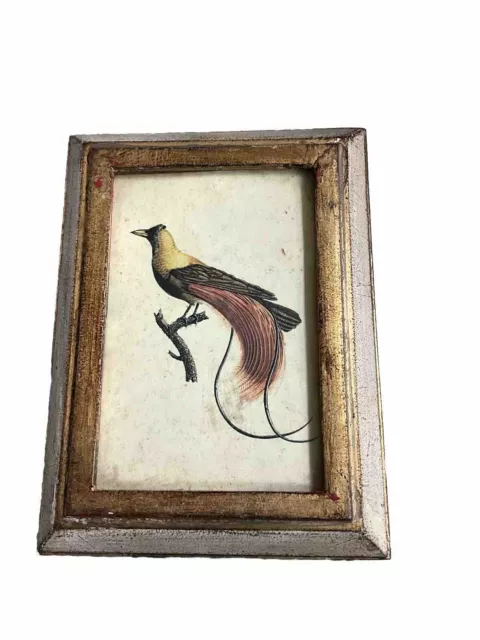
Rare Scarce 1802 Jean Baptiste Audebert Bird Art
$199.00 Buy It Now 25d 21h
1802 Buffon Hand Colored Octopus Engraving Le Poulpe Commun Very Rare Montfort
$150.00 Buy It Now 7d 23h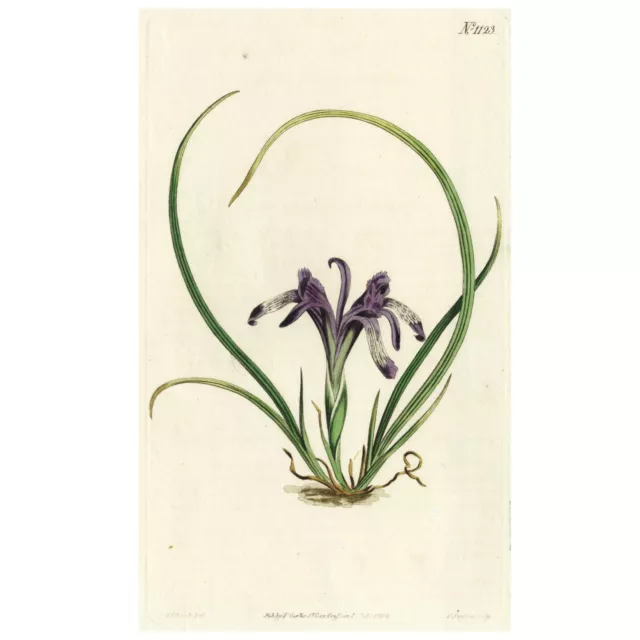
Rare 1803 Curtis Hand-Colored Engraving No. 1123 IRIS RUTHENICA, PIGMY FLAG IRIS
$59.99 Buy It Now 7d 2h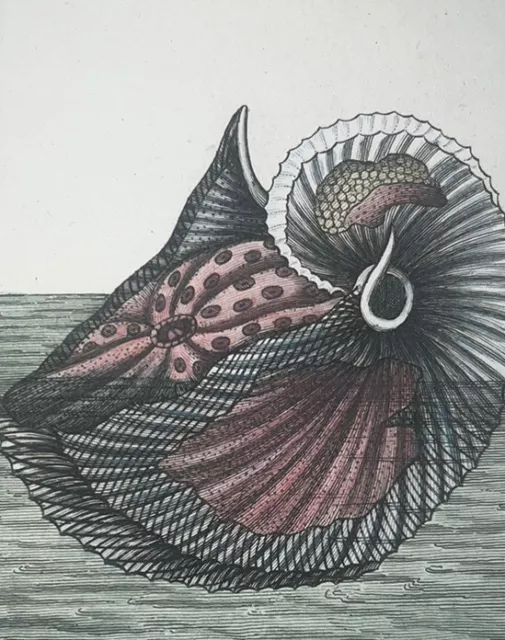
1802 Buffon Hand Colored Nautilus Engraving Le Poulpe Commun Very Rare Montfort
$150.00 Buy It Now 14d 18h
1802 Buffon Hand Colored Octopus Engraving Le Fraize Commun Very Rare Montfort
$150.00 Buy It Now 7d 23h
1802 Buffon Hand Colored Octopus Engraving Argonaute Very Rare Montfort
$150.00 Buy It Now 21d 18h
Rare 1802 Shaw & Nodder Hand-Colored Fish Engraving #538 RIBBED SOLDIER-FISH
$79.00 Buy It Now 28d 6h
Rare 1802 Shaw & Nodder Hand-Colored Caterpillar Engraving No. 530 AGRIPPINA
$79.00 Buy It Now 24d 8h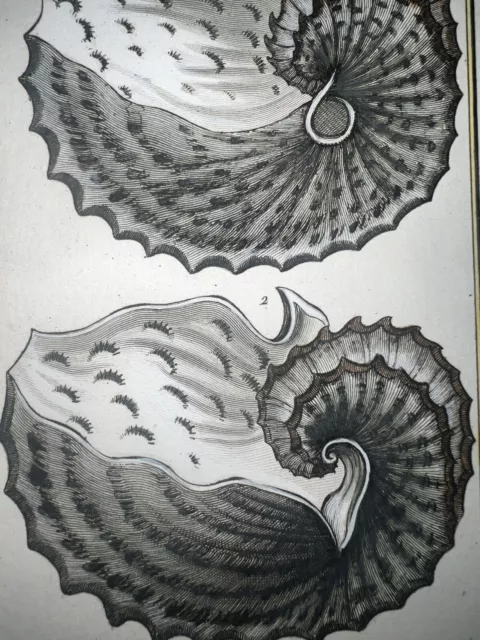
1802 Buffon Hand Colored Nautilus Engraving Coquille Argonaut Very Rare Montfort
$150.00 Buy It Now 21d 18h
Rare 1802 Curtis Botanical Engraving No. 599 IXIA CRISPA, CURLED LEAVED IXIA
$39.99 Buy It Now 24d 22h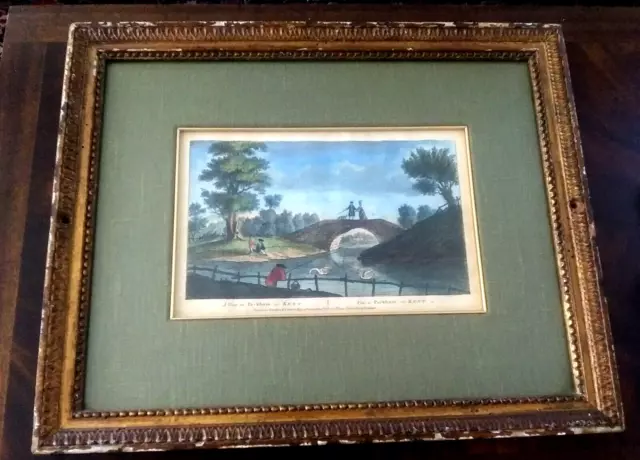
c. 1800 Handcolored Engraving A VIEW AT PECKHAM, IN KENT Bowles & Carver, London
$195.00 Buy It Now 9d 2h
1771 Buffon Hand Colored Birds Engraving Very Rare Hummingbird
$75.00 Buy It Now 13d 20h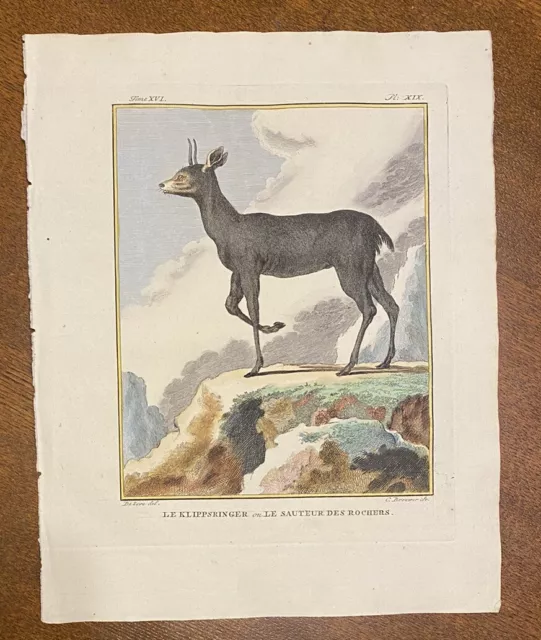
klipspringer, Buffon, engraving Antique 1773-1802 Hand-colored Antelope
$60.00 Buy It Now 25d 6h
1771 Buffon Hand Colored Birds Engraving Very Rare Hummingbird
$75.00 Buy It Now 13d 20h
“South Sea Whale Fishery” Handcolored Engraving After W.J. Huggins
$100.00 0 Bids or Buy It Now 3d 21h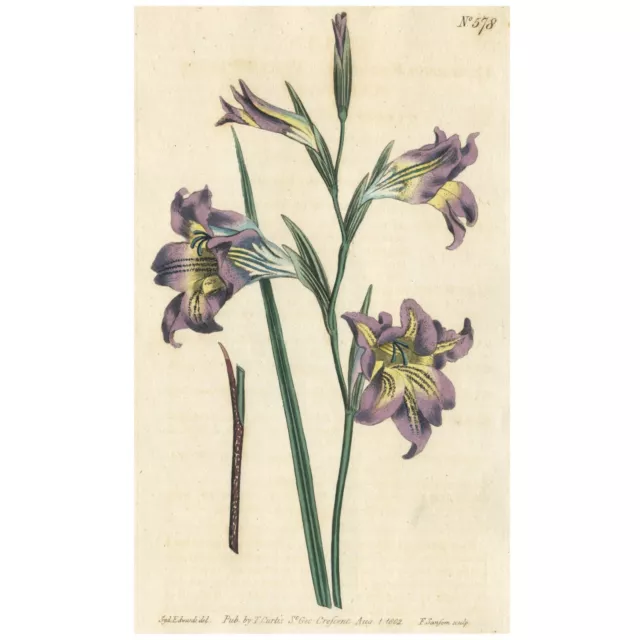
Rare 1802 Curtis Engraving No. 578 GLADIOLUS RECURVUS, VIOLET-SCENTED CORN-FLAG
$49.99 Buy It Now 12d 20h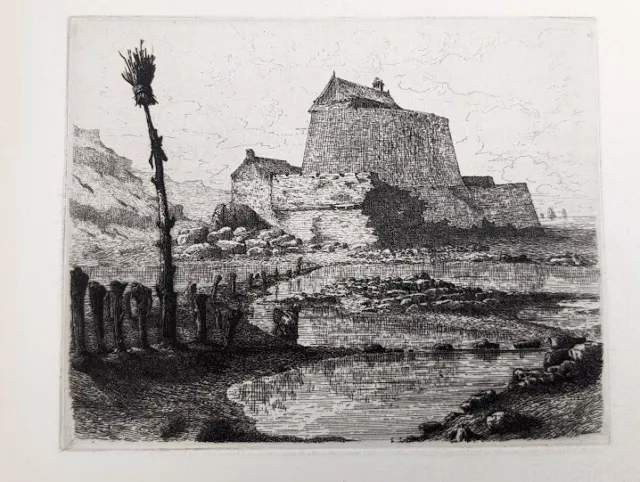
Antique 1800s Original V J VAILLANT Etching "Fort of Andreselles"
$110.00 Buy It Now 30d 1h
Antique Curtis Botanical Hand-colored Engraving from 1802 No. 600 Old Frame EUC!
$70.00 Buy It Now 25d 1h
Antique 1758 English HandColored Botanical Engraving PL CCXLVI Framed Matted EXC
$149.99 Buy It Now 4d 18h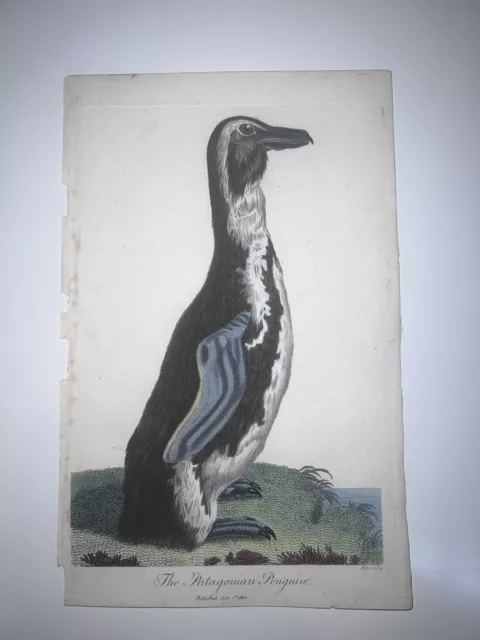
Linnaeus - Patagonian Penguin Bird Hand Colored Engraving 1802 1st Ed
$160.00 Buy It Now 22d 23h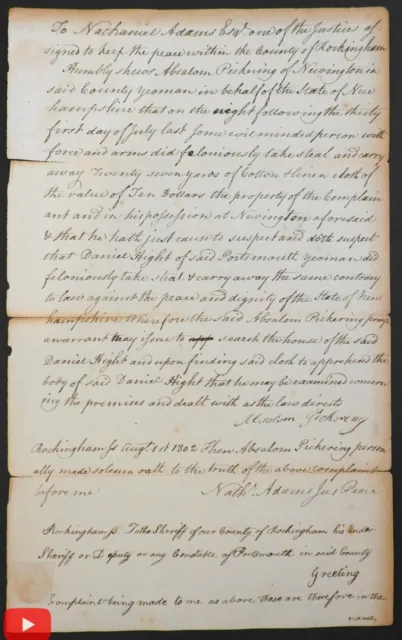
Nathaniel Adams 1802 Portsmouth NH Justice of Peace document Rockingham Law
$175.00 Buy It Now 12d 23h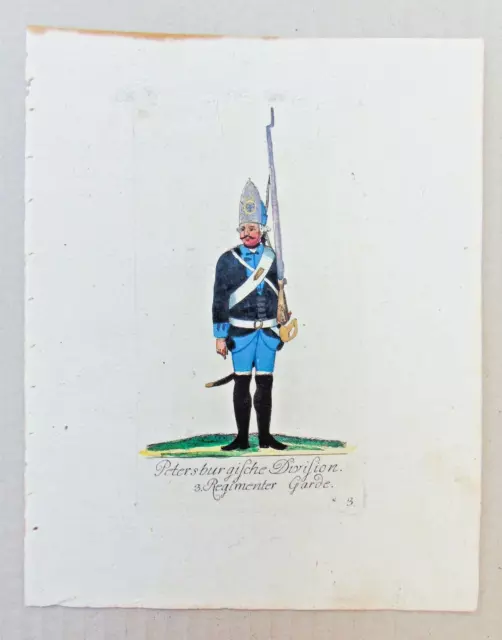
Original handcolored engraving, Russian Imperial army, 1773., Leipzig, military
$200.00 Buy It Now 19d 16h
1802 Francois Le Vaillant (1753-1824) - Large folio - Black faced COUCAL
$206.00 Buy It Now 2d 15h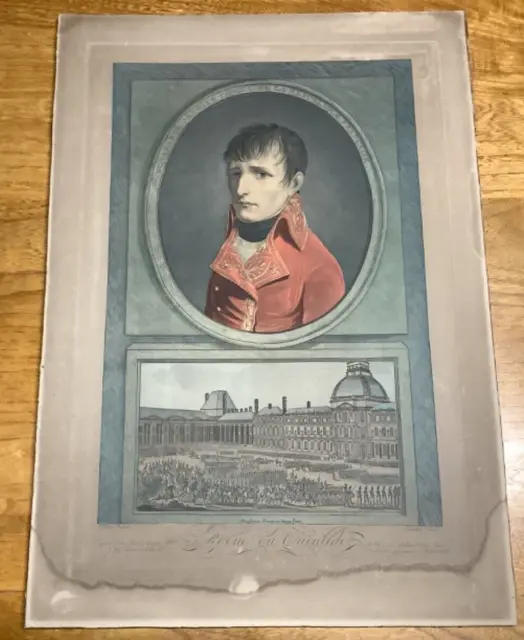
1802 Hand-Colored Print Of Napoleon Bonaparte As Consul - Levachez After Boilly
$250.00 Buy It Now 19d 1h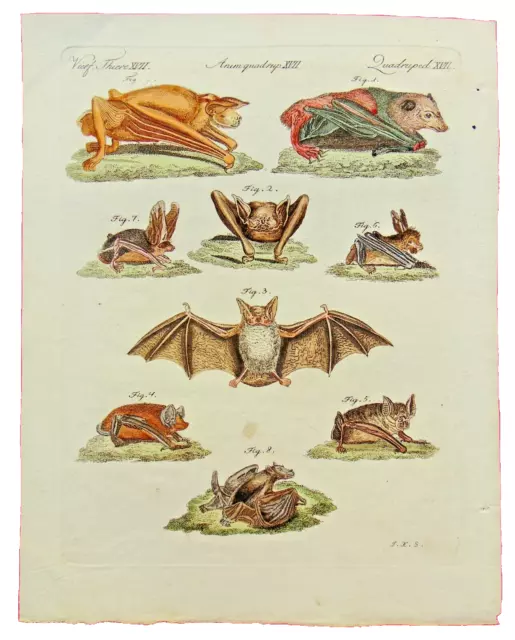
Original handcolored engraving by Jacob Schmuzer , bats, 1806., Vienna
$100.00 Buy It Now 19d 16h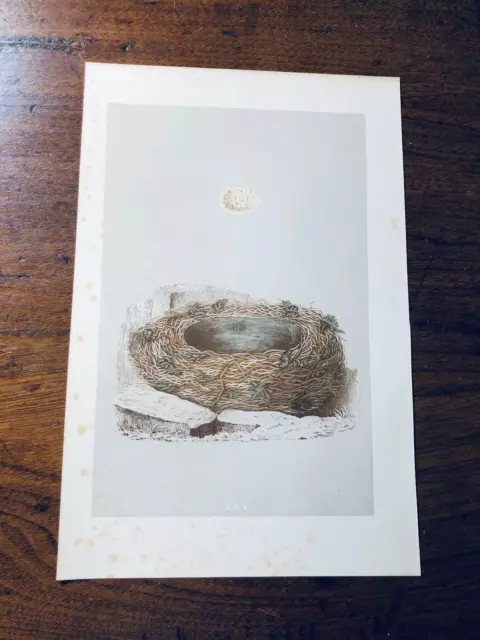
Antique Print Lithograph Handcolored 6.5 x 10" BIRD NEST & EGG c. 1875 Morris
$19.00 Buy It Now 16d 1h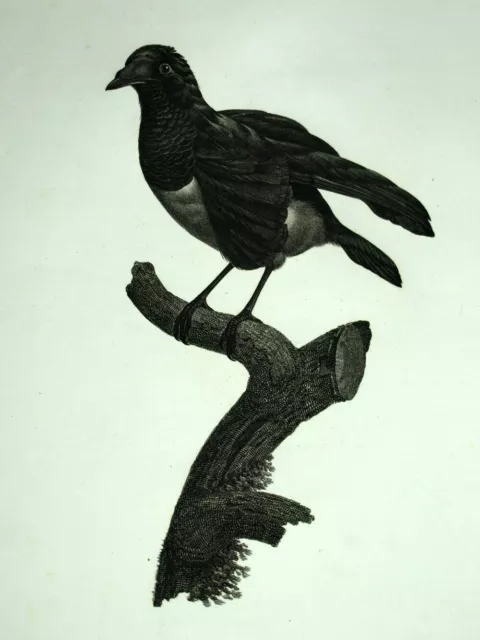
Manucode Or Paradisier Black Plank engraving Bird Of Barraband The Vaillant
$215.92 Buy It Now 10d 15h
1802 Francois Le Vaillant (1753-1824) Peree after Lebrecht - Red-winged STARLING
$232.55 Buy It Now 2d 15h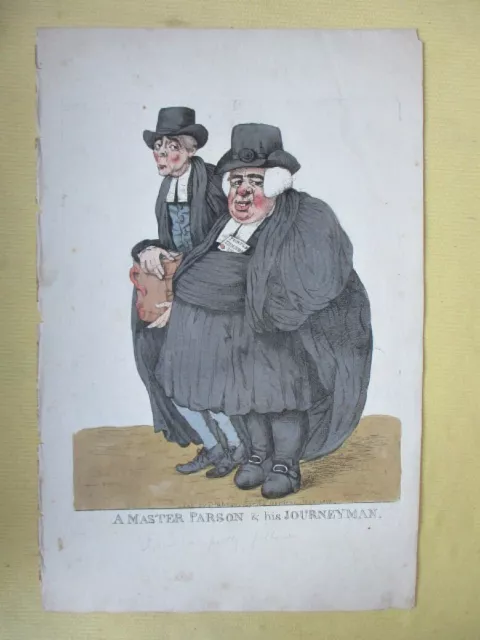
Vintage Engraving,PARSON & JOURNEYMAN,1802, Robt.DIGHTON,1752-1814,Hand Colored
$50.00 Buy It Now 11d 20h
